Risks of Carbon Monoxide Poisoning for Key-less Vehicles Owners
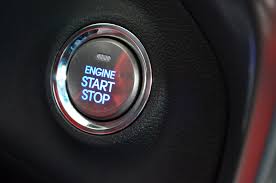 Multiple owners of key-less cars have been dying of Carbon Monoxide Poisoning after mistakenly thinking that their car had stopped running. In most scenarios the car owner parks the vehicle in the house garage and takes the wireless key fob thinking that the car has shut down while it hasn’t. Overnight the garage and the house fills with odorless carbon monoxide gas, leaving the owner and other potential house residents dead or severely injured.
Multiple owners of key-less cars have been dying of Carbon Monoxide Poisoning after mistakenly thinking that their car had stopped running. In most scenarios the car owner parks the vehicle in the house garage and takes the wireless key fob thinking that the car has shut down while it hasn’t. Overnight the garage and the house fills with odorless carbon monoxide gas, leaving the owner and other potential house residents dead or severely injured.
There are no exact records of how many people have died or how many people were left with serious injuries such as brain damage after inadvertently leaving their car running but 24 deaths nationwide were reported to the National Highway Traffic Safety Administration since 2006 when the first known case occurred. 70 year old Jeanette Colter, a Florida resident who left her Toyota Avalon running in the garage ended up collapsing and dying between her kitchen and her living room. Her 89 year old husband died in the bedroom.
In 2009 after several other similar accidents were reported, the Society of Automotive Engineers formed a panel to develop recommended practices to address key-less ignition hazards. In 2011, the group recommended an externally audible or visual alert or automatic shut off of the engine if all doors are closed and the key fob is not present. That same year the NHTSA proposed a new rule with similar recommendations.
 New York Personal Injury Attorneys Blog
New York Personal Injury Attorneys Blog




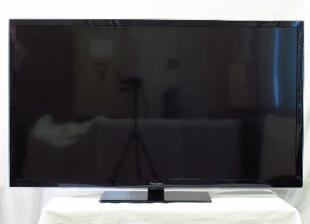
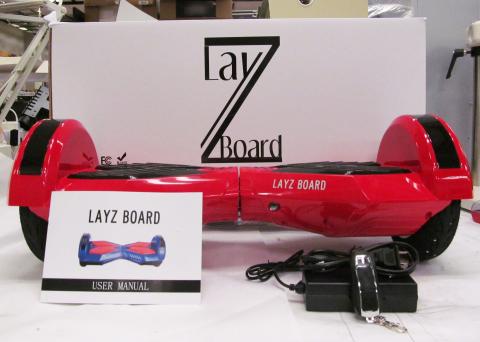
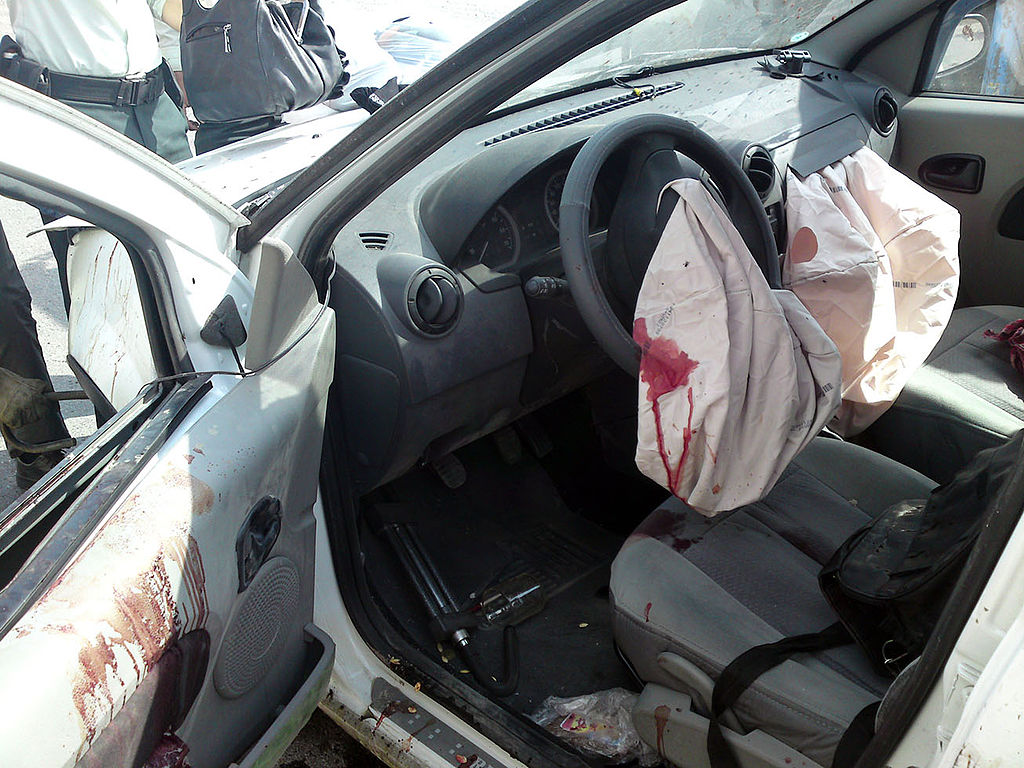 Takata just recalled an additional 2.7 million vehicles that may have a
Takata just recalled an additional 2.7 million vehicles that may have a 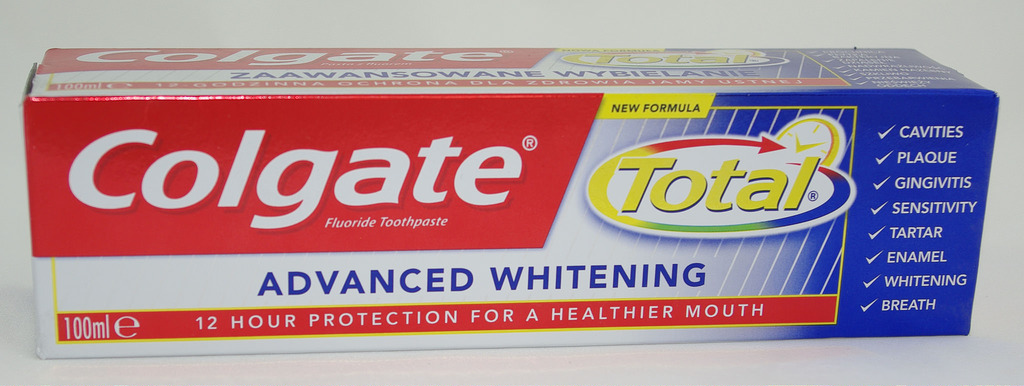
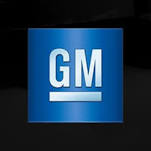
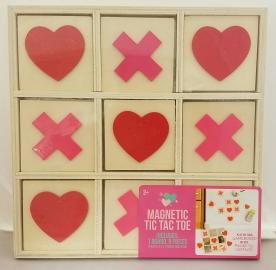
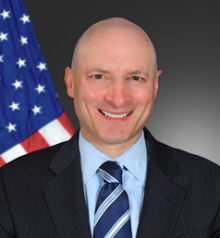 When a company discovers that one of its products is defective, the potentially harmful product must be recalled and consumers must be warned about the
When a company discovers that one of its products is defective, the potentially harmful product must be recalled and consumers must be warned about the 